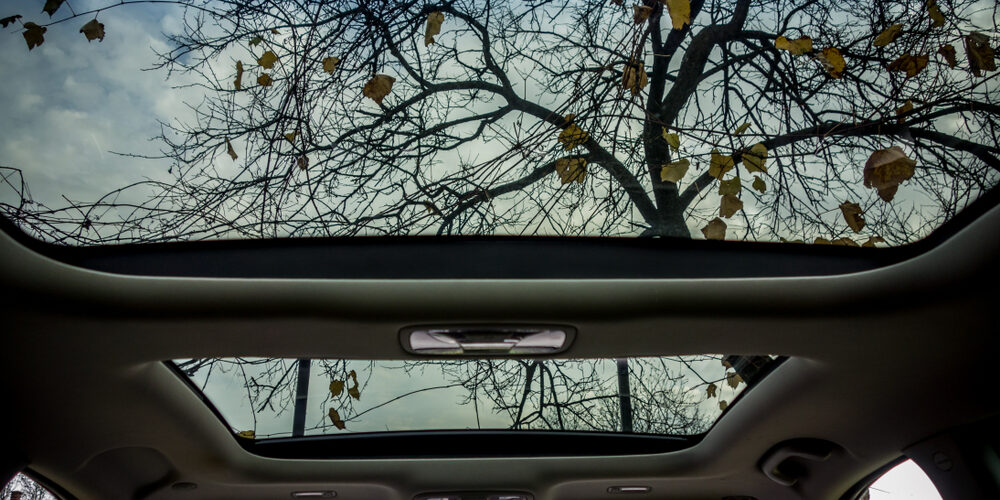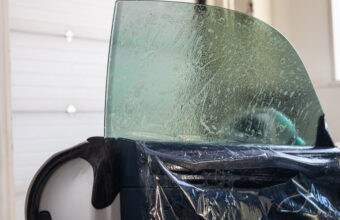Ceramic window tint is celebrated for its exceptional ability to reduce heat, block UV rays, and preserve the integrity of electronic signals within your vehicle. For many drivers considering this tinting option, a crucial question arises, Can you see through ceramic tint at night? Let’s delve into the specifics of ceramic tint to understand its impact on nighttime visibility.
Understanding Ceramic Tint
Ceramic tint is crafted using ceramic particles to provide insulation from the sun’s heat and protection against UV rays. Unlike metallic tints, it does not contain metal, which means it does not interfere with electronic signals. Yet its composition raises questions about how it affects visibility, especially under low-light conditions.
Nighttime Visibility
Clear Views
- Transparency – Ceramic tints are designed to offer high levels of clarity. At night, the absence of direct sunlight allows ceramic-tinted windows to remain clear, ensuring good visibility for drivers. The inherent properties of the ceramic particles do not significantly darken the view, making it easier to see through the windows after dark.
Impact of Tint Percentage
- Choosing the Right Shade – The key factor affecting visibility through ceramic tint at night is the Visible Light Transmission (VLT) percentage. A higher VLT means more light passes through the tint, enhancing nighttime visibility. For optimal night driving, choosing a ceramic tint with a higher VLT percentage is advisable, as it strikes a balance between reducing heat and UV protection while maintaining clear visibility.
Reduced Glare
- Benefits – An added advantage of ceramic window tint is its ability to reduce glare from oncoming headlights and streetlights, which can be particularly beneficial for nighttime driving. This glare reduction can help decrease driver fatigue and improve overall driving safety.
Considerations for Drivers
When deciding on ceramic window tint, especially for those concerned about nighttime driving, consider the following…
- Consult with Professionals – Speak with a professional window tinting service about your concerns and needs, particularly about maintaining nighttime visibility. They can recommend the best VLT percentage for your specific situation.
- Legal Requirements – Always ensure that the chosen tint level complies with local laws and regulations, as overly dark tints can be illegal and unsafe for nighttime driving.
- Personal Comfort – Consider your comfort and ease with different tint levels. What works for one driver in terms of visibility and glare reduction might not suit another, so personal preference plays a significant role.
Ceramic window tint, known for its impressive heat and UV blocking capabilities, also allows for clear visibility at night, provided the right VLT percentage is chosen. By reducing glare and ensuring the tint meets legal standards, drivers can enjoy the benefits of ceramic tint without compromising safety or comfort during nighttime drives. Consulting with tinting professionals can help determine the most appropriate tint for your vehicle, ensuring a safer and more comfortable driving experience, day and night.






